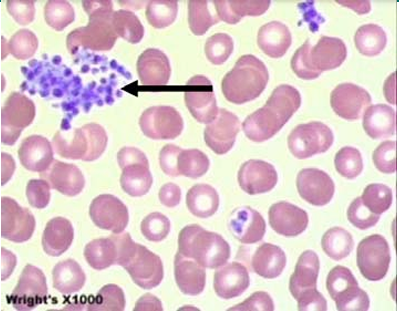BONE MARROW AND BLOOD
1/29
There's no tags or description
Looks like no tags are added yet.
Name | Mastery | Learn | Test | Matching | Spaced |
|---|
No study sessions yet.
30 Terms
Adipocytes
What are the white circles?
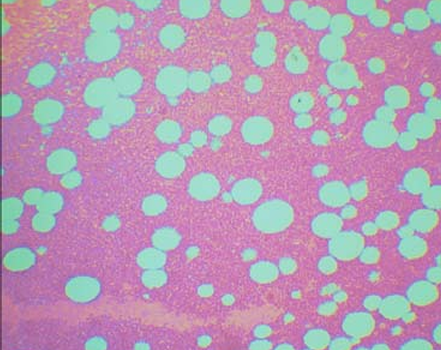
Spongy bone
What is the organ in focus?

Red and yellow bone marrow
Two types of bone marrow:
_______
o found in newborns o red because it has lesser fat cells
_______
o Found in adults o White/yellow because of the presence of more fat cells
Megakaryocyte
What is the pointed structure?
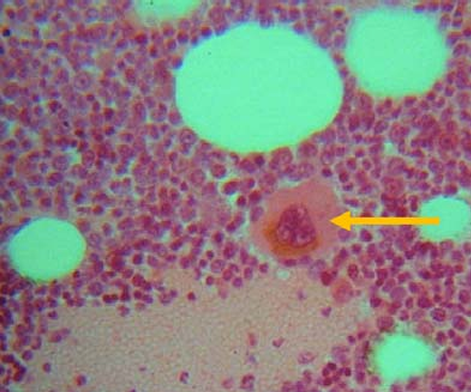
Platelets
Fragmentation of this MEGAKARYOCYTE will produce what?
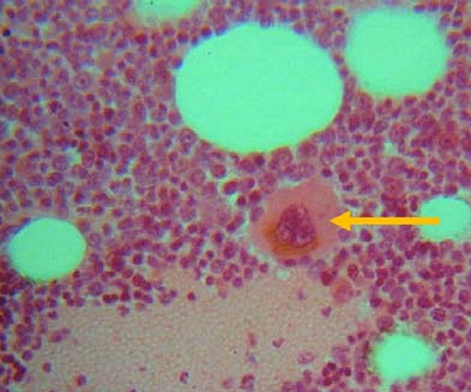
Oil Immersion Objective
What type of lens used to view this?
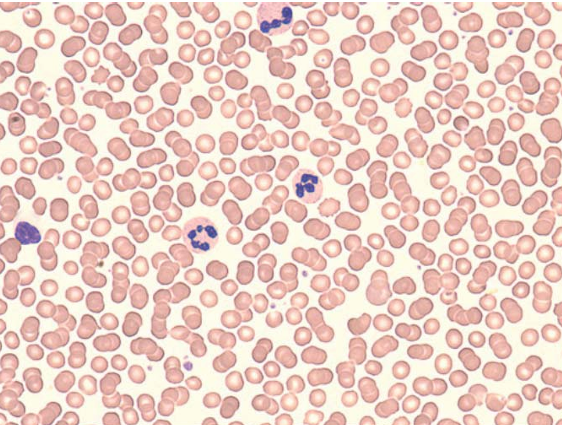
Neutrophil
What is this?
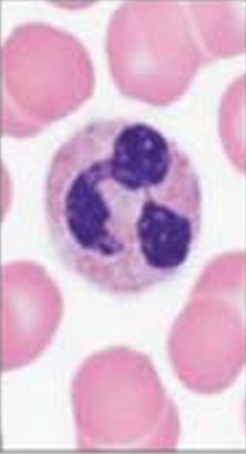
Eosinophil
What is this?
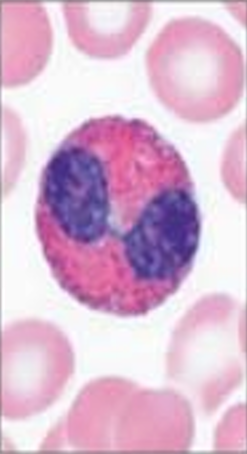
Basophil
What is this?
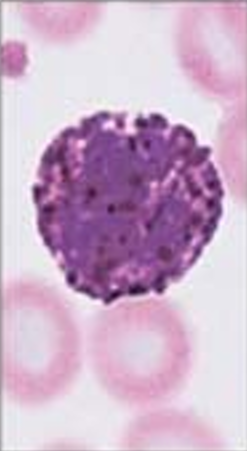
Lymphocyte
What is this?
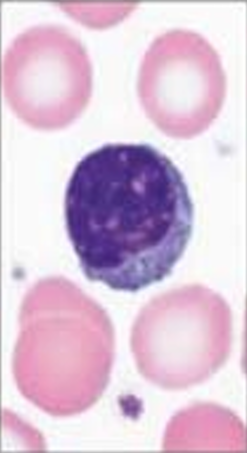
Monocyte
What is this?
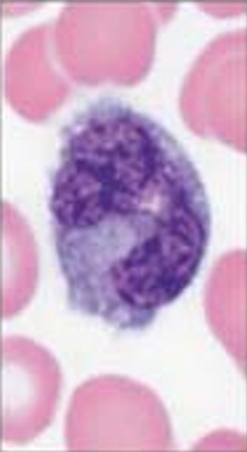
Granulocytes
What do you call these three?
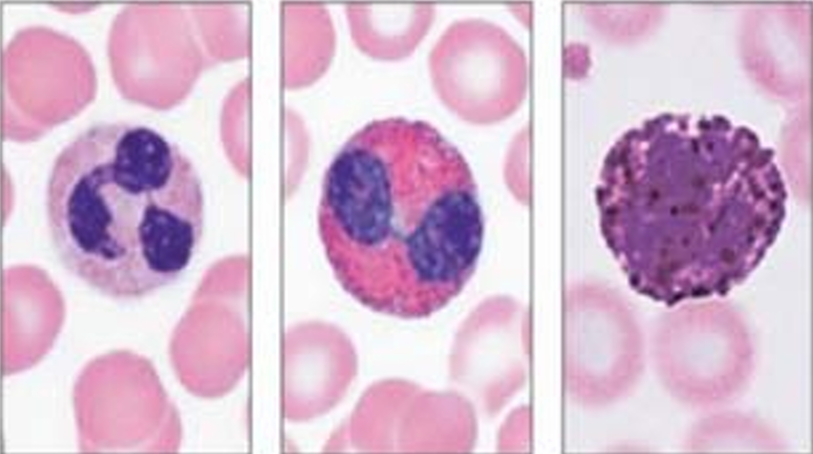
Agranulocytes
What do you call these two?
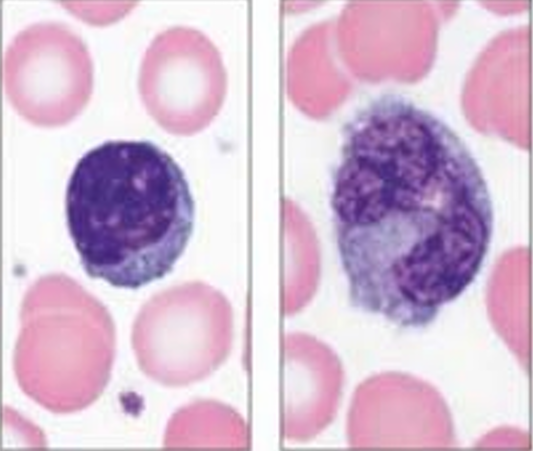
Neutrophil
o Multilobed nucleus
o Pale red and blue cytoplasmic granules
Eosinophil
o Bilobed nucleus
o Red cytoplasmic granules
Basophil
o Bilobed nucleus
o Purplish-black cytoplasmic granules
Lymphocyte
o Large spherical nucleus
o Thin rim of pale blue cytoplasm
Monocyte
o Kidney-shaped nucleus
o Abundant pale blue cytoplasm
Neutrophil
What is this?
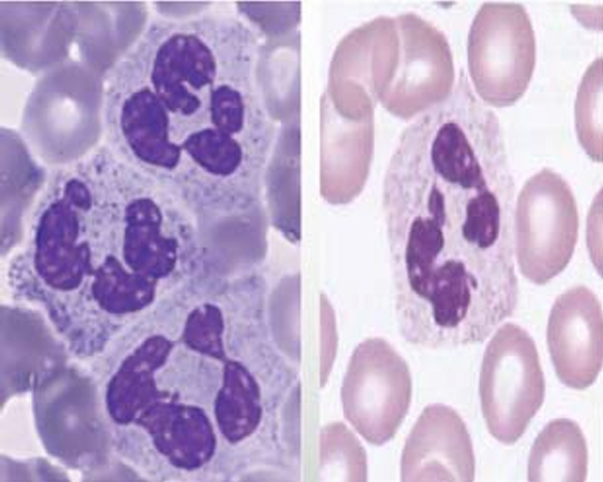
Neutrophil
Polymorphonuclear WBC
Most abundant
Normal value: 55-65%
Increased in bacterial infection

Eosinophil
What is this?
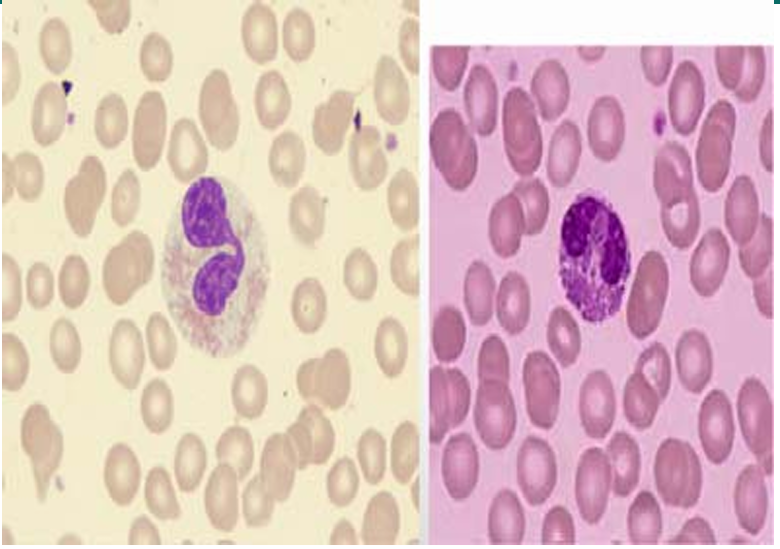
Eosinophil
Bilobed nucleus
Eosinophilic cytoplasm
Increased in helminthic and parasitic infections
Increased in allergic reactions
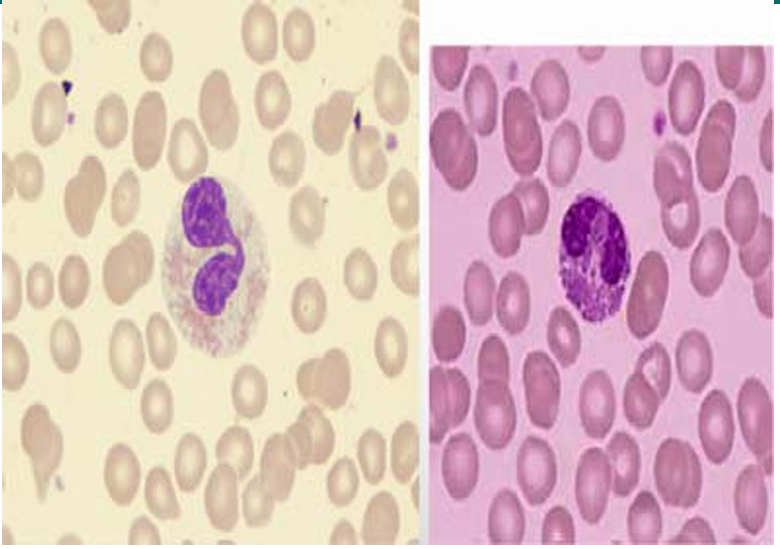
Basophil
What is this?
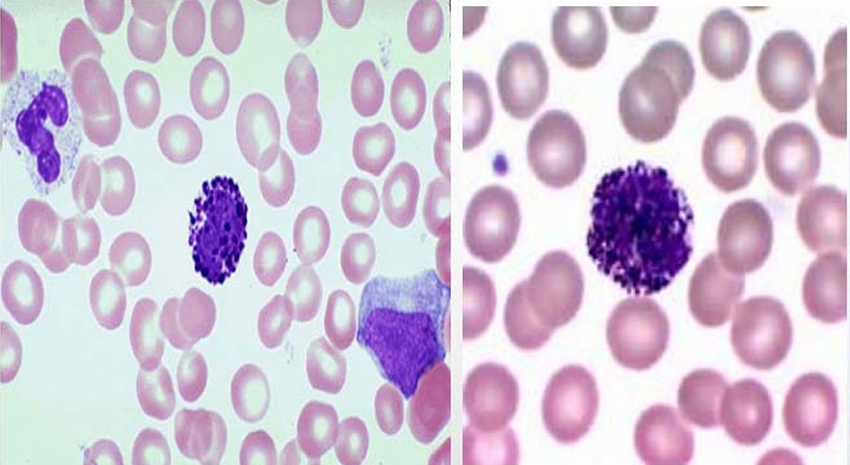
Basophil
Increased also in allergic reactions but in the presence of specific receptor
Large bilobed nucleus
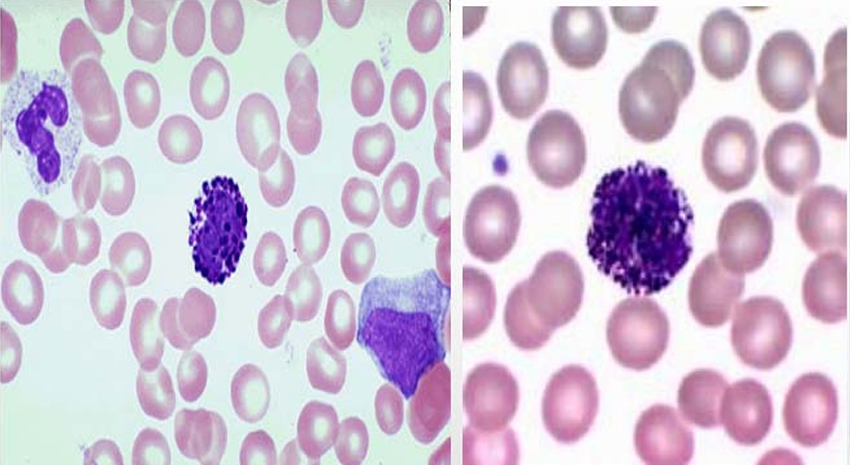
Lymphocyte
What is this?
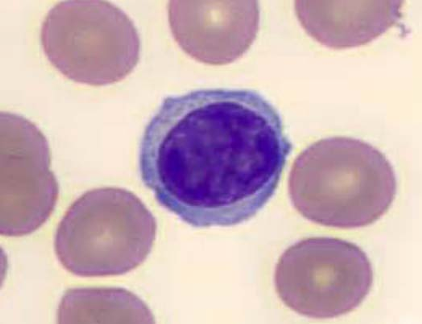
Lymphocyte
Characterized by the large nucleus that occupies most of the cytoplasm
Increased in viral infection
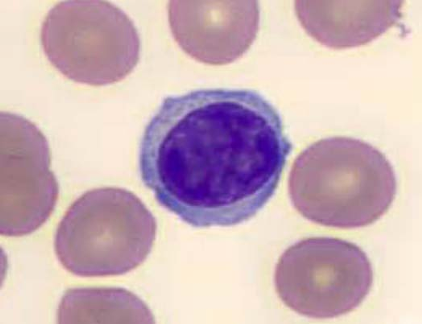
Monocyte
What is this?
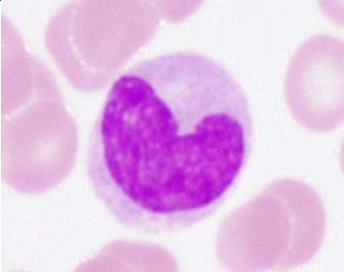
Monocyte
“Kidney-shaped” or “bean-shaped”
Largest of the formed elements
o Bigger than the RBC
Cytoplasm is more abundant and has a grayish blue tint
They stay in the circulation for an average of 72 hours before they are deposited in the tissue and are converted to macrophages
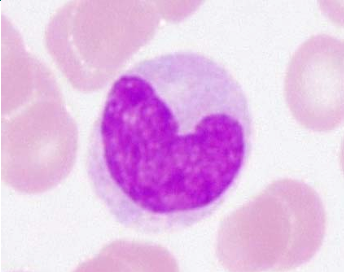
Platelets
What is the pointed structure?
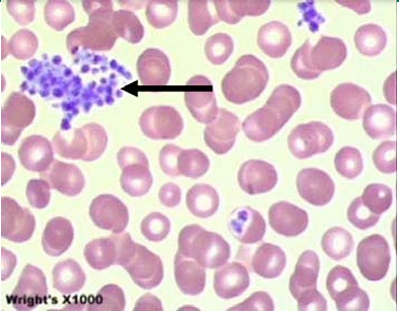
Platelets
Biconcave discs
2 to 3 um in diameter
Non-nucleated
Clusters or groups
NV: 150,000 to 300,000/ mm3
Fragmentation of the cytoplasm of megakaryocytes
